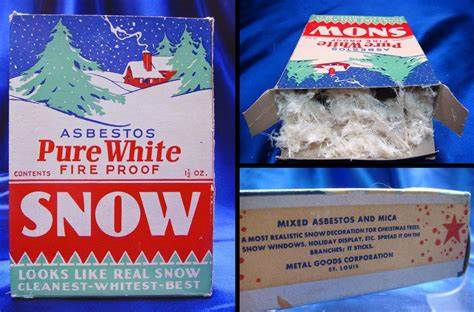Construction Site Hazards - Top 10
- Anna Hayford

- Mar 1, 2023
- 2 min read
Construction site dynamics change every day. It is importance to understand the hazards and risks where you are working.
Below are some of the biggest hazards that can be found on construction sites and how you can protect yourself from injury. Expand each item for more information.
STRUCK BY AND CAUGHT BETWEEN HAZARDS
Vehicular traffic including mobile elevated platforms, lulls, heavy equipment, and company vehicles create many struck by and caught between hazards. In addition, there are many incidents where workers are being struck by falling equipment from an elevated surface such as a scaffold or elevated platform. Caught between incidents can result in amputations from unguarded blades and belts.
ELECTRICAL SAFETY
Keep an eye out for extension cords, power cords for tools and temporary lighting and set up. Inspect your extension cords and do not work near energized electrical lines.
INSPECTIONS
All tools should be inspected prior to use; this includes hand and power tools, safety equipment such as fall protection gear and Personal Protective Equipment (PPE). You should also inspect your worksite using the Tailboard Form to document possible hazards.
LADDERS
Make sure you have the right ladder for the job and it is in good working order. Ladders should be inspected prior to use set up on level ground.
FALL PROTECTION
Check out your fall protection to make sure it is fitted to you and the straps are tightly secured around your chest and legs. It is imperative that you anchor to an approved anchorage system designed to withstand 5,000 lbs. of force
MOBILE ELEVATED WORK PLATFORMS
This equipment contributes to many incidents due to lack of training and inspections. Make sure you only use a MEWP if you are trained and the equipment is in good working order.
SILICA EXPOSURE
Be aware of any processes that generate silica dust. If you have a concern, leave the area so you are not exposed. Contractors should be following OSHA guidelines and using wet methods or a HEPA vacuum system to control dust exposure.
TRENCHING AND EXCAVATION
Before walking close to, around or entering a trench or excavation, check how deep it is. At 4 feet in depth, a means of access and egress is required. At 5 feet, protective measures shall be used, such as benching, sloping or a trench box to prevent incidents.
PPE
Typically, a hard hat, safety toed shoes/boots, eye protection and high visibility clothing are required on construction sites. In some cases, task specific PPE may be required if additional hazards may occur.
HEAT/COLD STRESS
Temperature extremes can lead to serious illnesses and injuries. Protective measures are needed to protect one from environmental stresses such as heat and cold. Measures may include PPE and clothing, allowing time for getting acclimated to the weather and remembering beverages and snacks to keep your body fueled. It’s also important to check the weather for alerts in both the hot and cold weather.


